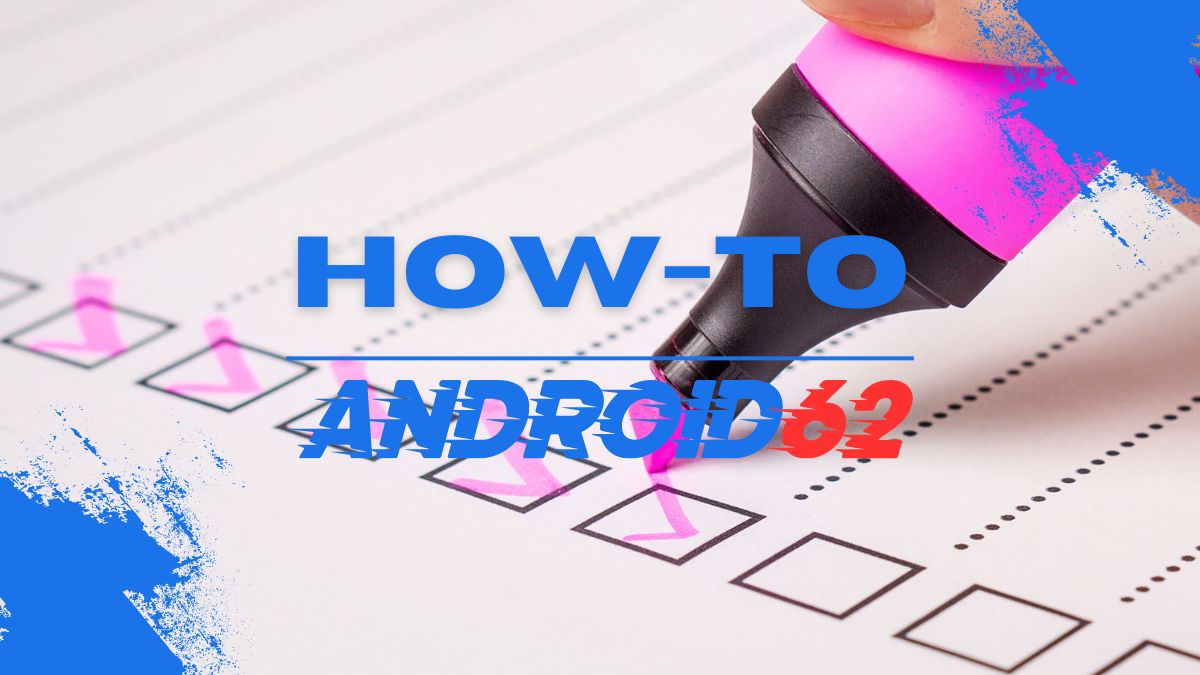
Greeting someone in Korean can be a great way to show respect and build rapport. Knowing how to say “hi” in Korean can come in handy, whether you are traveling to Korea, meeting Korean-speaking friends, or just wanting to learn about Korean culture. In this guide, we will explore the various ways to say hello in Korean and how to use them appropriately.
The Basics of Greetings in Korean
Korean culture places importance on proper manners and greetings. When meeting someone for the first time or in a formal setting, it is customary to use polite language and show respect. Here are some common ways to say hello in Korean:
- Annyeonghaseyo (안녕하세요) – This is the most common way to say hello in Korean. It is used in both formal and informal situations and translates to “hello” or “greetings.”
- Anyeong (안녕) – A more casual way of saying hello, similar to “hi” in English. It can be used with friends, family, or people of a similar age.
Other Ways to Say Hi in Korean
Aside from the basic greetings, there are other ways to say hello in Korean depending on the time of day or the level of formality. Here are some additional greetings in Korean:
- Jo-eun achim (좋은 아침) – Good morning.
- Jo-eun ohu (좋은 오후) – Good afternoon.
- Jo-eun bam (좋은 밤) – Good evening.
- Annyeonghi jumuseyo (안녕히 주무세요) – Good night (when someone is going to sleep).
- Anyeong, Annyeonghaseyo, Anyeonghi gaseyo (안녕, 안녕하세요, 안녕히 가세요) – Goodbye (informal, formal, when someone is leaving).
Using Politeness Levels in Korean Greetings
Korean language has different levels of politeness, which are reflected in greetings and conversations. It is important to adjust your greeting based on the age, status, or relationship with the person you are speaking to. Here are some tips on using politeness levels in Korean greetings:
- Use formal language (polite speech) when talking to someone older or in a higher position than you.
- Use informal language (casual speech) when talking to friends, family, or people younger or of the same age as you.
- When in doubt, it is safer to use formal language to show respect.
Adding Personal Touch to Greetings
Adding personal touch to your greetings can make your interactions more meaningful and memorable. Koreans appreciate it when you make an effort to learn their language and culture. Here are some ways to personalize your greetings in Korean:
- Use the person’s name or title followed by the greeting. For example, “Sunhee, annyeonghaseyo” (Hello, Sunhee).
- Ask how the person is doing or make small talk before or after greeting. For example, “Hello, how are you today?”
- Smile, nod, or bow slightly when greeting someone to show respect and friendliness.
Practicing Korean Greetings
Practice makes perfect, especially when it comes to learning a new language. To improve your Korean greetings, consider the following tips:
- Practice with native speakers or language exchange partners to get feedback on your pronunciation and intonation.
- Listen to Korean songs, watch Korean dramas, or movies to familiarize yourself with how greetings are used in real-life conversations.
- Use online resources such as language learning apps, flashcards, or websites to practice Korean greetings regularly.
Conclusion
Learning how to say hi in Korean is not only a practical skill but also a way to show respect and appreciation for Korean culture. By familiarizing yourself with different Korean greetings, understanding politeness levels, and adding personal touch to your greetings, you can effectively communicate with Korean speakers and build meaningful connections.
Remember that greetings are just the first step in building relationships, so make an effort to practice and use them in your daily interactions. Annyeonghaseyo, and happy greeting in Korean!



